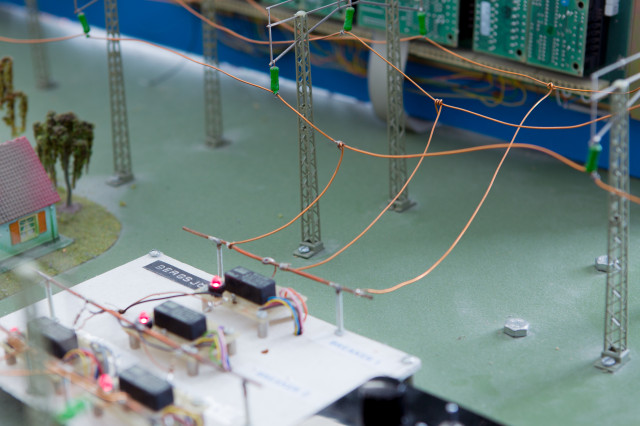The course covers the following topics:
· The theory related to MMF waves (including harmonics) and how this theory is applied to electric machinery
· The steady-state equivalent circuit of the induction machine derived using the MMF theory
· Analytical models to estimate corresponding circuit parameters for IMs and PMSMs
· Magnetic and thermal sizing of IMs
· The finite element method and how it can be applied to solve static and quasi static two-dimensional magnetic problems
· Transient models of PMSMs
· Thermal modeling of electric machinery using the finite-element method
The overall goal of the course is that the participant, after a completed course, should have a deep understanding of how Maxwell’s equations and fundamental principles within heat transfer can be applied to analyze and design electric machines.
After the course, the participants should be able to:
· Apply the theory of MMF-waves to estimate air-gap flux densities, magnetic flux, inductances, and to derive the steady-state equivalent circuit of the induction machine (IM)
· Apply the theory of MMF-waves to analyze and understand limits of permanent-magnet synchronous machines (PMSMs)
· Implement a finite-element (FEM) based solver in a Matlab environment to solve static and quasi static, two-dimensional magnetic problems
· Use FEM-based computations to estimate different performance parameters of IMs and PMSMs
· Estimate stator and rotor resistances, magnetizing inductances and leakage-inductance components for IMs and corresponding parameters for PMSMs using analytical and numerical methods
· Carry out a preliminary electromagnetic sizing of an IM given a defined torque request and thermal limitations
· Carry out FEM-based computations on PMSMs to extract data to implement transient PMSM models including magnetic saturation, magnetic cross saturation and the impact of harmonics
· Carry out FEM-based computations to estimate the resulting temperature distribution in an electric machine of IM or PMSM type
